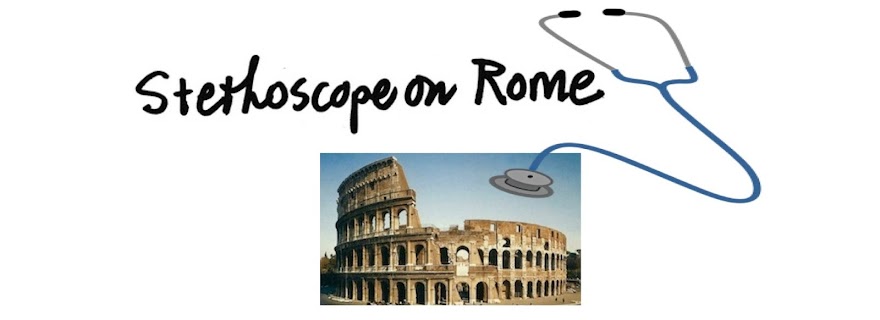Brigida, you’re like a cup of coffee, bitter on top but
sugar underneath. I’m going to stir and stir to get your sweetness from the
bottom of the cup into my mouth.
- Neapolitan song
 When I was a kid there were three foods I hated:
Coca-Cola, peanut butter, and coffee. Now there are only two, because coffee,
like flattery and sports cars, is one of those things Italians do better than
anyone else.
When I was a kid there were three foods I hated:
Coca-Cola, peanut butter, and coffee. Now there are only two, because coffee,
like flattery and sports cars, is one of those things Italians do better than
anyone else.
Everybody agrees the very best brew is the intense nectar
made in the bars of Naples, where coffee is a cult as well as a metaphor. Nobody
really knows why. Some think the secret’s the choice of beans, others the
roast, others the water. More mystically-minded locals believe it lies in the
ritual – “Here coffee isn’t loved because it’s good, it’s good because it’s
loved.”
Neapolitans make the best coffee at home too, with an
ordinary stove-top machine, because of their attention to detail. Here’s some
of their tricks: break in any new Moka pot with a plain-water dry run, never contaminate
its inner surfaces with soap, fill with water just so, choose the best beans
(Illy will do), heap your grounds into a perfectly calibrated mound, resist the
urge to tamp it down, set your flame to barely cover the base, leave the cover left
open for aeration, drop a little bonnet over the central post to prevent spray,
turn off the heat just in the nick of time, give it a quick stir in the pot before
pouring, and never ever reheat. Try, but you’ll never quite make the grade.
Italians traditionally end every meal with an espresso
and seem always to be wandering off to the corner bar to knock one back. But
when it comes to total coffee consumption northern Europeans win hands down – Finns average 21
pounds of dry beans per capita per year, Italians just seven and a half.
A hard-core Italian coffee lover drinks his espresso
straight up, no milk no sugar, like a Bourbon lover who disdains water and ice.
I say he advisedly, because women are expected rightly or wrongly to prefer theirs
served up in gentler form. My colleague Vincenzo likes his coffee lungo, with extra water, but in a bar the
long one will inevitably be set down in front of me rather than him. When my
husband and I order one plain and one macchiato
I always get served Alvin’s, the one with a touch of milk.
Italian espresso is so dense with flavor that people
think it must also be loaded with caffeine. Wrong – it actually packs less of a
punch than any other form of java, because steam rapidly forced across the
ground beans doesn’t extract as much caffeine than water dripping through or soaking
or God forbid percolating. For decades coffee was framed for bringing on all
kinds of diseases, based on the puritanical conviction that anything pleasant
must be bad for you. True, coffee won’t help if your nerves are already on edge
(Hag is the brand name for decaf), and it’s hell on heartburn. But I am pleased
to be able to report that medical researchers have not only let coffee off the
hook from causing heart attacks, but even speculate it might help
ward off – hold your hat – blindness, Parkinson's disease, type 2 diabetes,
liver disease, atrial fibrillation, heart attacks, stroke, and cancer.
P.S.: If there are
Italians in sight, don’t end your meal with a cappuccino. If you insist and the
waiter looks at you funny, try telling him it’s for medical reasons.
 P.P.S.: How come at Berkeley’s Market Hall they fuss
around for ten minutes to produce a mediocre cappuccino when any barista in
Rome can produce a great one in 30 seconds flat?
P.P.S.: How come at Berkeley’s Market Hall they fuss
around for ten minutes to produce a mediocre cappuccino when any barista in
Rome can produce a great one in 30 seconds flat?
P.P.P.S.: If you ask for a latte in Italy what you’ll
get is a plain glass of milk.

